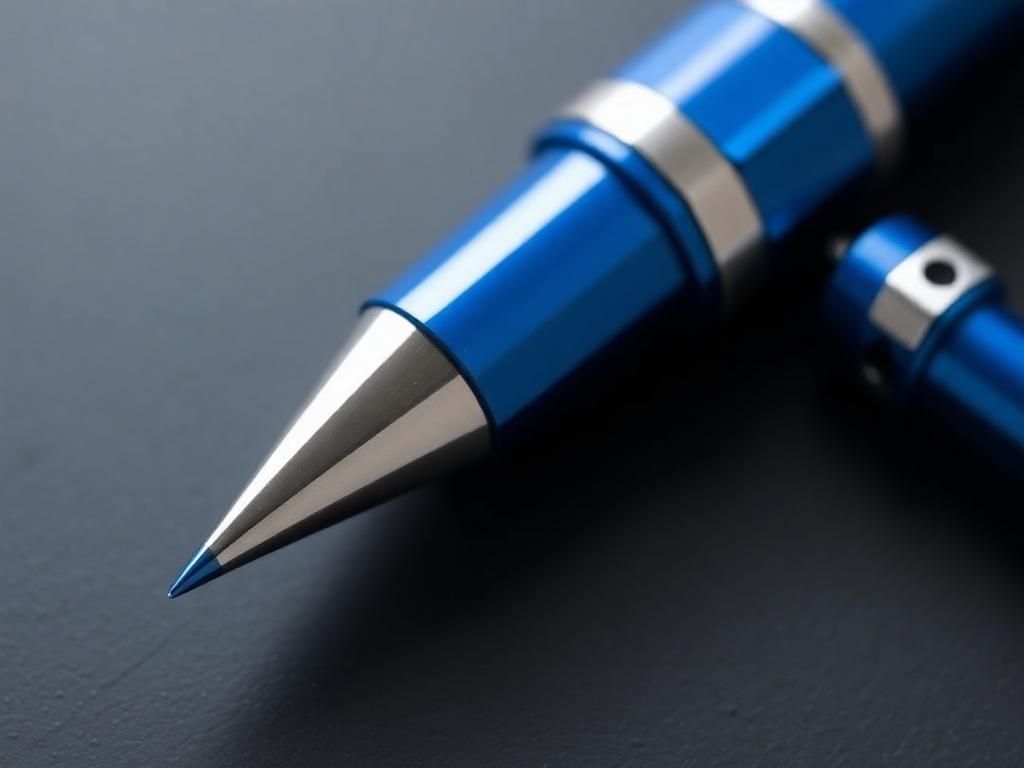In the digital world, blue apparatus cursors play a significant role in enhancing user interaction across various platforms. These specific cursors, distinguished by their blue color and design, serve as crucial navigational tools that can transform user experience. With the ability to convey different states and functions, understanding blue apparatus cursors is essential for both designers and users. This article will explore the history, characteristics, functionalities, customization options, and future trends of blue apparatus cursors, providing a comprehensive guide to their significance in digital interfaces.
Understanding Cursors
History of Cursors
The history of cursors dates back to the early days of computing when simple arrow pointers were used for navigation. Over the years, the evolution of mouse technology led to diverse pointer designs. The introduction of colored cursors marked a substantial shift in user interface design, with the color blue emerging as a preferred choice due to its associations with calmness and trustworthiness. This popularization has turned blue apparatus cursors into a prominent feature in modern digital experiences.
Types of Cursors
Cursors can generally be categorized into several types based on their functionality:
- Standard Cursors: Basic pointers like arrows, hand, and text select.
- Custom Cursors: Unique designs tailored for specific applications or branding.
- Animated vs. Static Cursors: Animated cursors provide feedback through motion, while static ones remain fixed in design.
Characteristics of Blue Apparatus Cursors
Design Elements
The design elements of blue apparatus cursors carry deeper meaning in user interface design. The color blue often signifies positivity and clarity, which can enhance user comfort. Common design features of these cursors include distinctive shapes, visibility, and sometimes animation. Moreover, accessibility considerations such as visibility for color-blind users must be integrated to ensure an inclusive experience.
Functional Benefits
Blue apparatus cursors come with numerous functional advantages. They can indicate different active states, such as loading and processing. Their distinct appearance enhances user experience by increasing visibility and understanding of cursor actions. Furthermore, contextual usage in applications—ranging from web browsers to professional software—adds to their functionality and significance.
Use Cases for Blue Apparatus Cursors

In Web Design
In web design, blue cursors play a pivotal role in enhancing user interaction. Websites that effectively utilize blue cursors tend to create more engaging user experiences. For instance, many modern e-commerce websites have adopted blue cursors to improve navigation, helping users to identify actionable links and buttons. The psychological impact of the color blue can lead to greater trust and usability in digital environments.
In Gaming
Gaming interfaces also benefit from blue apparatus cursors. They often serve to build an immersive experience, enhancing gameplay through visual clarity. Games such as “Fortnite” and “Among Us” have employed specialized blue cursors to guide players effectively through their intricate worlds while maintaining aesthetic appeal.
In Software Applications
Within software applications, especially in productivity tools like spreadsheets and design programs, blue apparatus cursors assist users in executing essential functions. For instance, blue cursors are often employed in CAD software to distinguish tools, improving user workflow and efficiency. Industry-specific applications capitalize on the visibility and clarity of blue cursors to enhance user effectiveness.
Customizing Blue Apparatus Cursors
Creating Your Own Cursors
For those who want to personalize their digital experience, creating custom blue cursors can be a rewarding endeavor. Various tools and software are available for cursor design. Some widely used options include:
- Adobe Illustrator
- RealWorld Cursor Editor
A simple step-by-step guide for designing a custom blue cursor is as follows:
- Choose your design software.
- Set the canvas size to appropriate dimensions (typically 32×32 pixels).
- Design your cursor shape with blue color schemes.
- Export your design in a suitable format (e.g., .cur or .png).
Applying Custom Cursors
After creating your custom cursor, the next step is applying it across platforms. Instructions may differ slightly between Windows and Mac systems:

- Windows: Access the Control Panel, navigate to Mouse settings, and then the Pointer tab to upload your custom cursor.
- Mac: Use third-party applications since macOS does not natively support custom cursors.
Common pitfalls include incorrect file types or sizing errors that might prevent your cursor from displaying correctly, so always double-check your designs.
Future Trends in Cursor Design
Innovations in Cursor Technology
The future of cursor design is poised for innovation with emerging trends like gesture recognition and virtual reality (VR) cursors. As technology progresses, the roles of color and design in cursor functionality will likely continue to evolve, leading to even more dynamic interactions.
The Role of User Interface in Accessibility
As user interface (UI) designers prioritize inclusivity, the design of blue apparatus cursors must adapt to ensure accessibility for all users. Collaboration between designers and accessibility experts is vital to create cursors that not only look good but also function well for every user, including those with visual impairments.
Conclusion
In summary, blue apparatus cursors are more than just navigational tools; they contribute significantly to enhancing interaction and user satisfaction across various digital environments. Designers and developers are encouraged to focus on cursor functionality and accessibility, ultimately leading to an improved user experience. Additionally, exploring customization options can allow users to express their unique preferences while navigating the digital landscape more effectively.
Additional Resources
For those interested in further exploring the world of cursors, consider looking into the following resources:
- Cursor Design Tools and Software:
- Adobe Illustrator
- RealWorld Cursor Editor
- Recommended reading on user interface design principles
Frequently Asked Questions (FAQs)
- What are blue apparatus cursors typically used for? Blue apparatus cursors are primarily used to enhance navigation and signify active states in digital interfaces.
- Can I use blue apparatus cursors on mobile devices? Custom cursors are often not supported on mobile devices; however, mobile apps typically utilize standard pointers tailored for touch interfaces.
- How do I troubleshoot issues with custom cursors? If custom cursors aren’t displaying, check for file type compatibility, correct settings in your operating system, and whether the cursor size is appropriate.
- Are blue apparatus cursors accessible for color-blind users? While the blue color is popular, ensuring contrast and designing with accessibility guidelines in mind is crucial for inclusivity.
- What software can I use to create custom cursors? Tools like RealWorld Cursor Editor and Adobe Illustrator are great for designing custom cursors.
- Do blue apparatus cursors have specific meanings in certain applications? Yes, the context typically dictates their functionality; blue can signal loading or editing states in several applications.
| Feature | Description | Use Case |
|---|---|---|
| Color Significance | Blue conveys calmness and trust | Websites |
| Customization | Can be designed to fit branding | Software applications |
| Accessibility | Considerations for visible design | All digital interfaces |
| Functionality | Indicates different active states | Gaming |